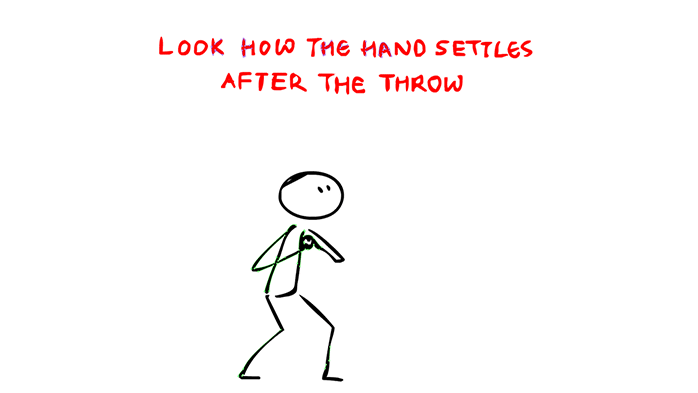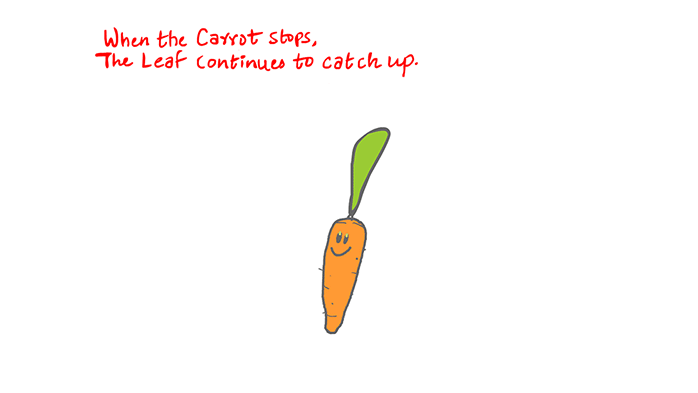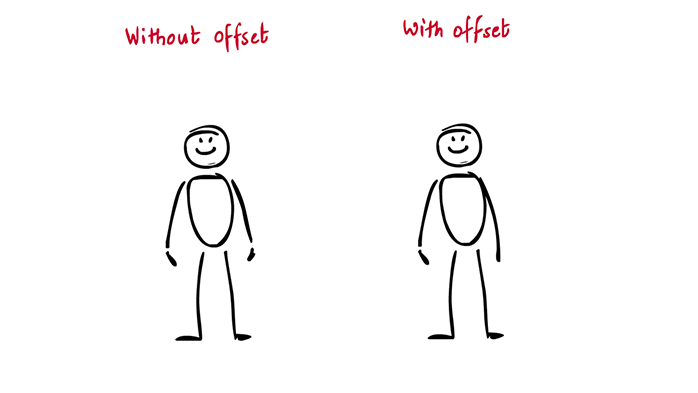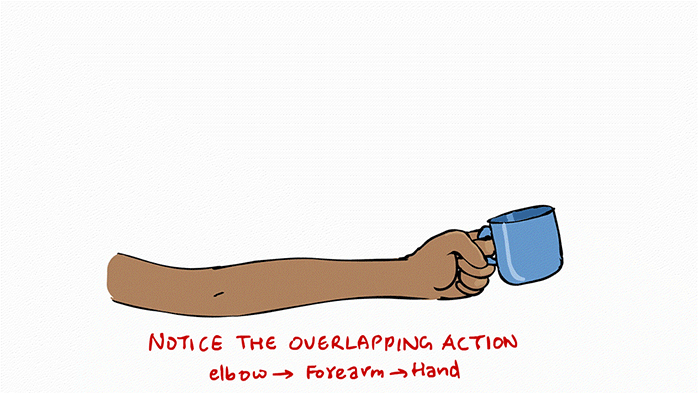Search
- yohoho
- unblocked games 77
- unblocked games 8
- unblocked games 2
- unblocked games for school
- unblocked games world
- retro bowl
- unblocked games
- unblocked games premium retro bowl college best unblocked games unblocked games
Another important principle to keep in mind while animating is Follow through and overlapping action.
Follow Through
It is the conclusion part of an action. When the main body of the character stops all other parts continue to catch up to the main mass of the character, such as arms, long hair, clothing, or a cape, floppy ears or a long tail. Always taking a bit more time to settle down and stop Remember nothing stops all at once.
An example is in throwing a ball - the hand continues to move after the ball is released.

Weight and Drag
Extensions or loose parts of a character or object will drag behind the leading part of the object. Then as the object comes to a stop, the looser parts continue to move taking longer to settle down and stop.
Like the cape in the below example:

Weight of the appendages dictates the speed with which they follow the lead, heavier objects drag farther behind. Similar to the principle of squash and stretch the amount of drag you give to your subject, also defines the mass of that subject.
The First example appears to be like a stiff extension and the 2nd e.g. appears like a tail or a feather.

Overlapping Action
Slight variations in the timing and speed of loose parts make objects seem more natural. This overlapping action makes the objects and movement more interesting.

Heavier parts lag farther and stop slower. Like example below, where the leaf will lag behind the carrot and then move quickly to indicate the lighter mass.

Using overlapping action to break up an action makes it look much believable and fluid. It is done by offsetting the movements of the arms and legs as shown in the example.


For further information refer to the video.